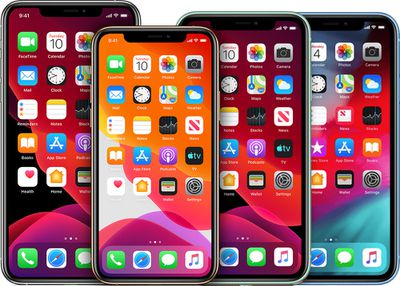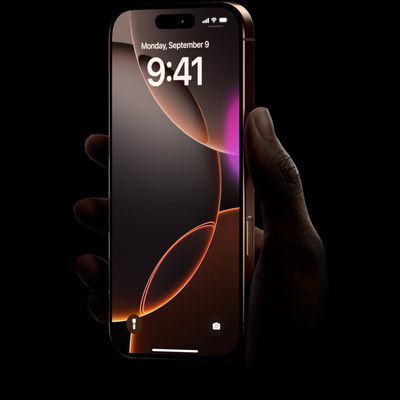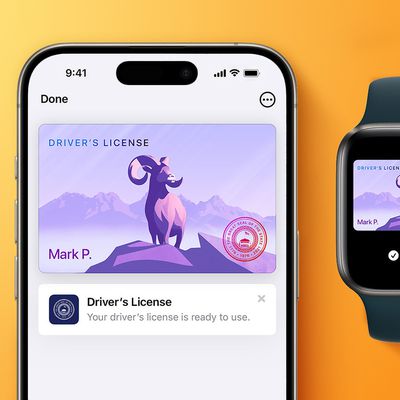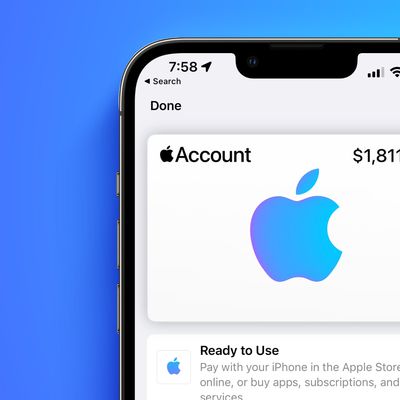Kuo: mmWave 5G iPhones Have 'Potential Delay Risk,' Production on 6.7-Inch iPhone Delayed to October
Some of Apple's upcoming 5G iPhones could see a delay in production, according to Apple analyst Ming-Chi Kuo in a note shared with investors. mmWave models, which will feature the fastest 5G functionality, have a "potential delay risk" and may launch outside of the normal timeline.

Production on the mmWave iPhone may be pushed back because of changes to the antenna package that were made in early April, and delays in qualification process services.
The mmWave iPhone will be pushed back because the design of the antenna in package (AiP) changes in early April. Additionally, the test lab is closed and can't offer qualification process services. If the pandemic can't be controlled well until July, then we think that the shipment allocation of mmWave iPhones will decrease to 5-10% from 15-20%.
Kuo says the rumored 6.1-inch and 5.4-inch iPhones will go into mass production in September, but mass production on the larger 6.7-inch iPhone will be delayed until October because it has the "most complicated" design.
Apple decided to start the online qualification process remotely and delegate more tasks to local employees for new iPhone development. The change takes time; therefore, it had caused a one-month delay in entering the engineering verification test (EVT) for all new 2H20 iPhones. We believe that there is a likelihood that new 2H20 6.1-inch and 5.4-inch iPhones will go into mass production in September. The mass production of the new 2H20 6.7-inch iPhone will be delayed to October because this model’s design is the most complicated.
Delaying mass production on the 6.7-inch iPhone until October would result in the iPhone launching later in the fall than expected. Other rumors have also suggested Apple could stagger iPhone launches this year due to production and verification process delays.
According to Kuo, iPhone SE sales were better than expected, but overall demand for iPhones is down. In the worst case scenario, Kuo estimates second quarter iPhone shipments of 29 to 32 million units, declining 20 to 25 percent year over year.
If consumer confidence and purchasing power recover in the third quarter of 2020, iPhone shipments could fall as little as 10 to 15 percent year over year.
Popular Stories
Apple will launch its new iPhone 17 series in two months, and the iPhone 17 Pro models are expected to get a new design for the rear casing and the camera area. But more significant changes to the lineup are not expected until next year, when the iPhone 18 models arrive.
If you're thinking of trading in your iPhone for this year's latest, consider the following features rumored to be coming...
In select U.S. states, residents can add their driver's license or state ID to the Wallet app on the iPhone and Apple Watch, providing a convenient and contactless way to display proof of identity or age at select airports and businesses, and in select apps.
Unfortunately, this feature continues to roll out very slowly since it was announced in 2021, with only nine U.S. states, Puerto Rico,...
Since the iPhone X in 2017, all of Apple's highest-end iPhone models have featured either stainless steel or titanium frames, but it has now been rumored that this design decision will be coming to an end with the iPhone 17 Pro models later this year.
In a post on Chinese social media platform Weibo today, the account Instant Digital said that the iPhone 17 Pro models will have an aluminum...
Three out of four iPhone 17 models will feature more RAM than the equivalent iPhone 16 models, according to a new leak that aligns with previous rumors.
The all-new iPhone 17 Air, the iPhone 17 Pro, and the iPhone 17 Pro Max will each be equipped with 12GB of RAM, according to Fixed Focus Digital, an account with more than two million followers on Chinese social media platform Weibo. The...
Apple is expanding the ability to add an Apple Account Card to the Wallet app to more countries, according to backend Apple Pay changes.
With iOS 15.5, Apple updated the Wallet app to allow users to add an Apple Account Card, which displays the Apple credit balance associated with an Apple ID.
If you receive an Apple gift card, for example, it is added to an Apple Account that is also...
Apple does not plan to refresh any Macs with updated M5 chips in 2025, according to Bloomberg's Mark Gurman. Updated MacBook Air and MacBook Pro models are now planned for the first half of 2026.
Gurman previously said that Apple would debut the M5 MacBook Pro models in late 2025, but his newest report suggests that Apple is "considering" pushing them back to 2026. Apple is now said to be...
Apple is continuing to refine and update iOS 26, and beta three features smaller changes than we saw in beta 2, plus further tweaks to the Liquid Glass design. Apple is gearing up for the next phase of beta testing, and the company has promised that a public beta is set to come out in July.
Transparency
In some apps like Apple Music, Podcasts, and the App Store, Apple has toned down the...
If you pay for iCloud storage on your iPhone, did you know that Apple offers you five perks beyond the extra storage space, at no additional cost?
Here are the perks included with all iCloud+ plans:Private Relay keeps your Safari browsing history entirely private from network providers, websites, and even Apple.
Hide My Email generates unique, random email addresses whenever needed.
Hom...
Production of foldable OLED displays for Apple's first foldable iPhone have begun ahead of its expected launch next year, Korea's ETNews reports.
The first foldable iPhone's displays are being produced by Samsung Display, who are establishing a production line dedicated to the upcoming Apple device its A3 factory in Asan, Chungcheongnam-do. The production line will make displays exclusively...






















